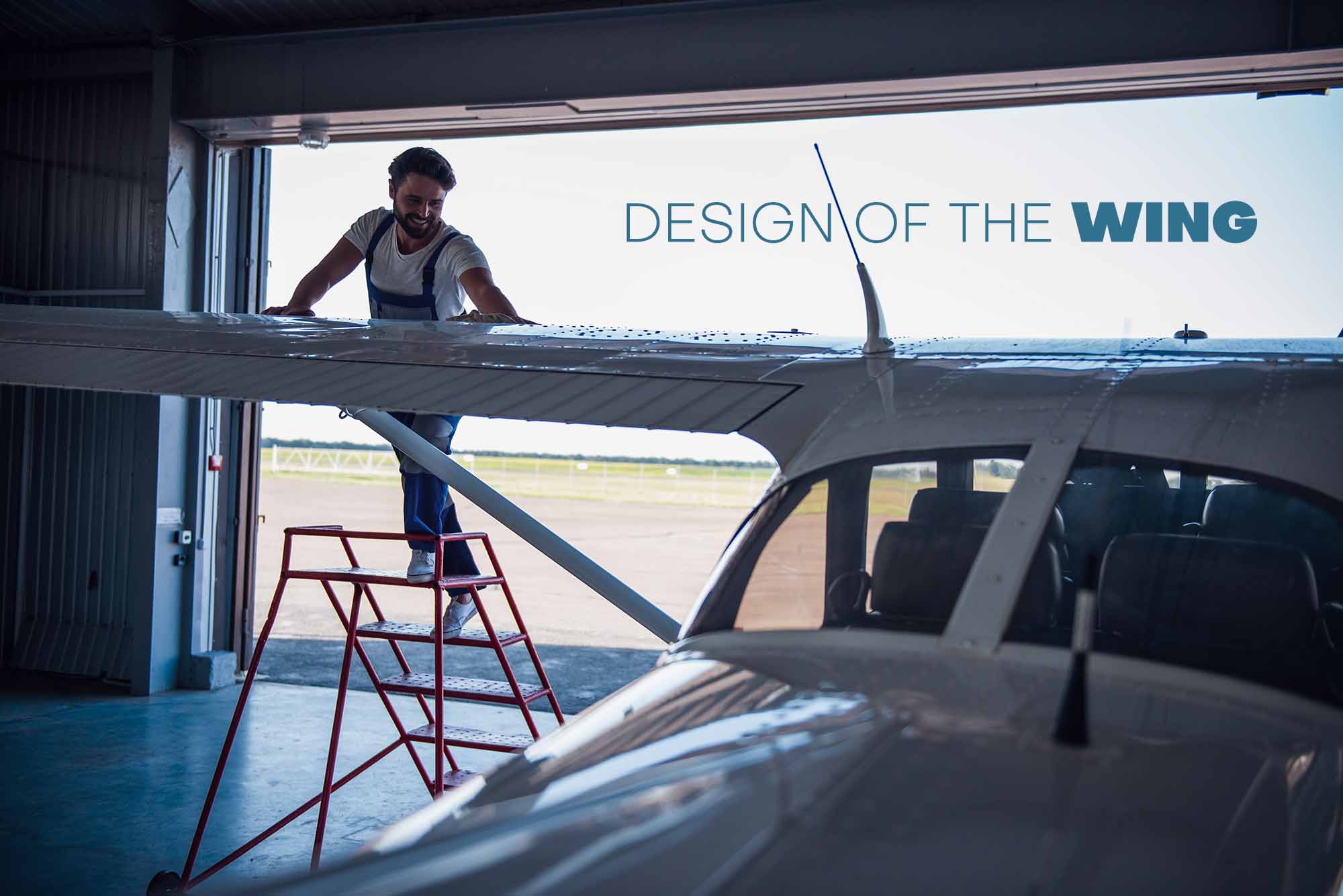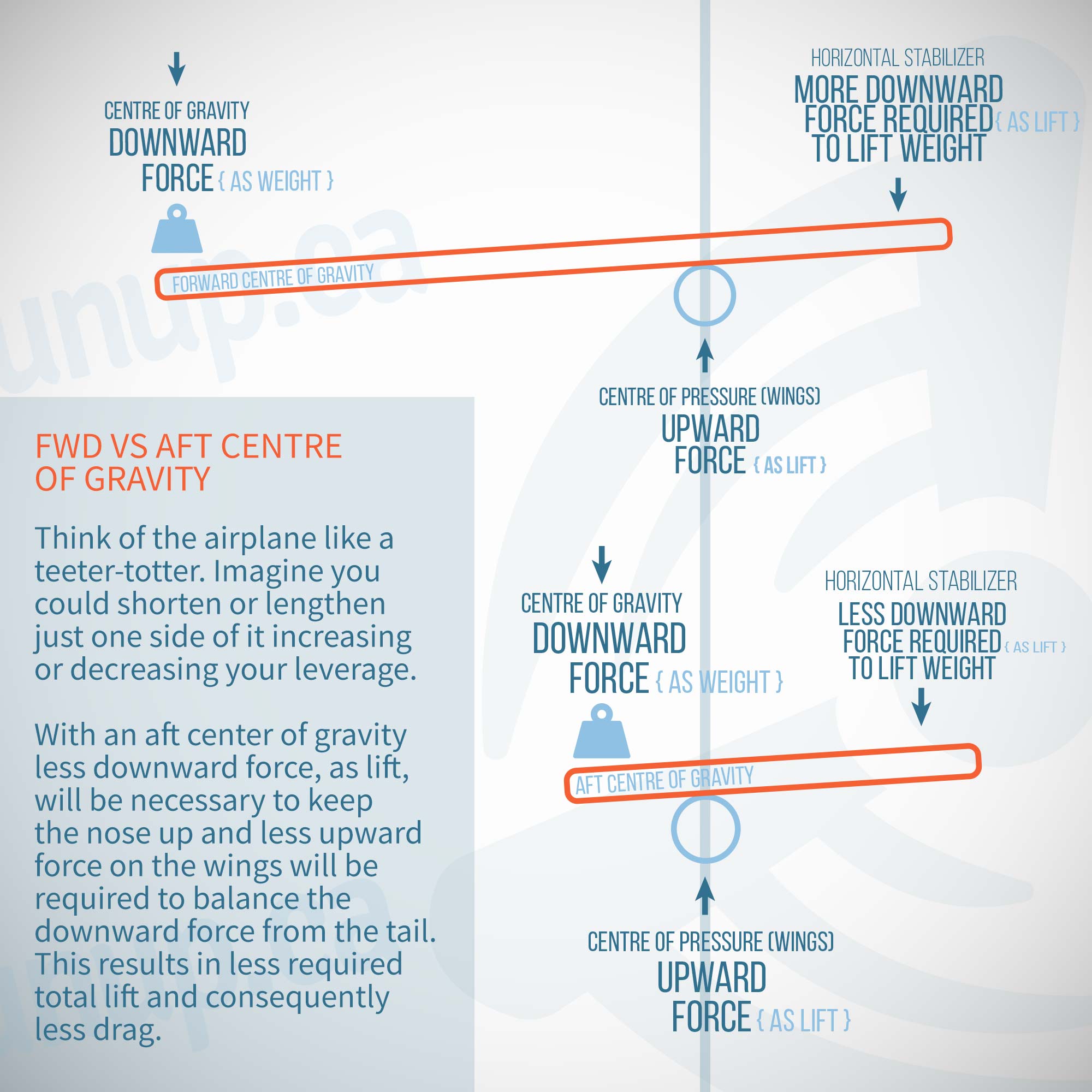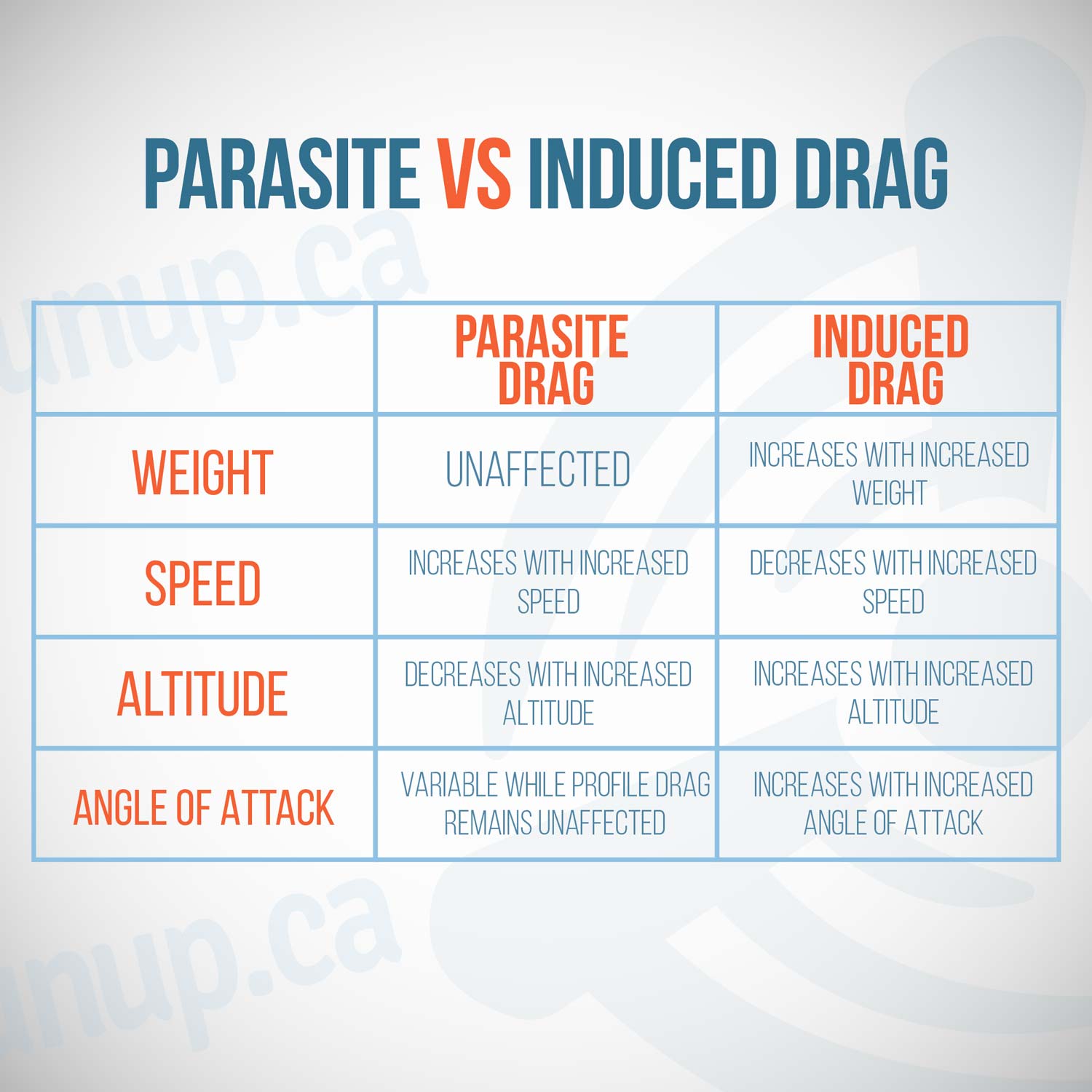
Exploring the Design of the Wing
Introduction
Understanding the intricacies of airplane wing design is crucial not only for comprehending the fundamentals of flight but also for acing your written PPL exam. Furthermore, this knowledge is indispensable for success. Every aspect of the wing, from its shape and dimensions to its specialized components like flaps and spoilers, plays a critical role in the aircraft’s performance. In this comprehensive guide to the design of the wing, we’ll delve into the various elements of the wing and elucidate how they synergize to enable flight.
Wing Planform
This refers to the wing’s shape when viewed from above, which can range from straight to swept-back or delta-shaped.
Area, Span, Chord
These key dimensions include the total surface area of the wing, the distance from one wingtip to the other, and the distance from the leading edge to the trailing edge of the wing, respectively, measured parallel to the aircraft’s longitudinal axis.
Aspect Ratio
It signifies the ratio of the wing’s span to its average chord, influencing its aerodynamic characteristics.
Streamlining
This involves shaping the wing to minimize drag by smoothly directing airflow around the aircraft.
Camber
It denotes the curvature of the wing’s airfoil, impacting lift generation.
Laminar Flow
This refers to smooth, uninterrupted airflow over the wing’s surface, which enhances aerodynamic efficiency.
Dihedral, Anhedral
Dihedral refers to the upward angle of the wings relative to the aircraft’s horizontal axis, providing stability and roll control, while anhedral represents the downward angle, less common and usually found in specialized aircraft.
Wash In, Wash Out
Wash in refers to the twist of the wing where the angle of incidence increases towards the wingtip, while wash out signifies the twist where the angle of incidence decreases towards the wingtip.
Slots, Slats
Slots are small openings in the leading edge of the wing that delay airflow separation, while slats are movable surfaces that increase lift and improve stall characteristics at low speeds.
Wing Fences, Stall Strips
Wing fences are vertical plates mounted on the wing’s upper surface to control airflow, while stall strips are small strips along the leading edge that promote airflow attachment and delay stall.
Spoilers
These surfaces disrupt airflow over the wing’s upper surface, reducing lift and increasing drag, often used for roll control and speed reduction during descent.
Flaps
Hinged surfaces on the trailing edge of the wing that can be extended to increase lift and drag, allowing for lower takeoff and landing speeds.
Canards
Small wings mounted on the forward part of the aircraft fuselage or main wing, providing lift and pitch control, typically configured in a canard configuration.
Thirsty for More?
Looking for some more info? Check out some of our free courses.

